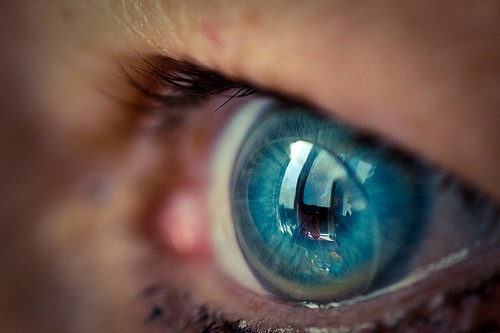
American multinational corporation Google Inc. is developing a smart contact lens to help diabetic people monitor their glucose levels more easily. The smart contact lens, which consists of a wireless chip and glucose sensor, works by measuring glucose levels in the tears.
In a blog post, project co-founders Brian Otis and Babak Parviz announced that they are planning to design the product in such a way so that it can help prevent adverse health effects associated with the disease by sending warning signals early.
"We're testing prototypes that can generate a reading once per second. We're also investigating the potential for this to serve as an early warning for the wearer, so we're exploring integrating tiny LED lights that could light up to indicate that glucose levels have crossed above or below certain thresholds," Otis and Parviz, wrote.
Countless studies in the past have looked into the possibility of developing an effective monitoring system based on body fluids for diabetes. However, the efforts never succeeded due to the difficulties involved in the process. The whole idea of shaping the device in the form of lens is expected to help avoid this inconvenience.
"As you can imagine, tears are hard to collect and study," the Google X team, wrote. "We wondered if miniaturized electronics-think: chips and sensors so small they look like bits of glitter, and an antenna thinner than a human hair-might be a way to crack the mystery of tear glucose and measure it with greater accuracy."
As the product is still in its early stages and the company is under the process of getting FDA approval, the device is expected to take another few years to reach commercial markets.
The project has already received wide attention on the net. "Love seeing the future becoming a reality," a comment appeared on the website, read, while another one added, "I would gladly pay $100/month to provide my son with a device like this for measuring his glucose. (We currently spend $200+ on test strips alone.)"
The device comes at a time when nearly 347 million people around the world, including 62 million Indians, suffer from diabetes. If left untreated or undiagnosed, the chronic condition can increase the risk of cardiovascular diseases (strokes, heart attack), cause damages to the kidney, eye, nerve, foot, and even lead to cancer.
















